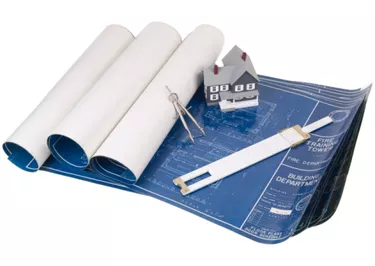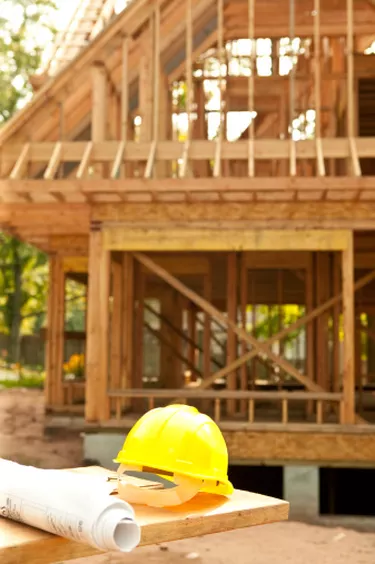
A contingency budget is a budget that covers unexpected expenses during the course of a project, whether business-related or personal. It can be thought of as a budget used if a contingency plan needs to be implemented. When building a home, a majority of construction projects, and personal projects, use a 10 percent contingency budget rate. However, there are instances when it would be best to have a contingency cushion for different line items in a budget to cover unexpected costs that may occur in the duration of the project.
Step 1

Identify the items in the project's budget. Identify the separate costs that may be incurred in the duration of the project. For building a house, such costs could be drywalling, roofing, siding, electrical or paint. It is ideal to have an exhaustive list of items that go into your project. The more complete the list, the better your contingency budget will be once it is complete and the less unexpected costs will set the project behind.
Video of the Day
Step 2

Set a contingency rate. A contingency rate is a rate at which you will "pad" your budget. As a general rule, 10-15% is commonly used and indicates the project expects to run about 10-15% over budget. You set the rate based on your level of comfort, but being too liberal on the rate and setting it low could be detrimental to your finances. Setting the rate too high can also be an impediment on your project as you will need to set aside more money than necessary to start.
Step 3

Identify potential risks in your project. Keeping to a schedule is often important in home construction projects. If pouring the foundation could be late by a week due to weather impediments, then you will need to reschedule contractors to come after the foundation is poured. This risk should be included in your contingency budget.
Step 4

Calculate the total cost your potential risks could cost your project. These costs are just estimates and do not need to be exact.
Example: Scheduling Risks $2,000 Weather Risks $5,000
Step 5

Set an amount for your contingency budget. If your total costs are below your contingency rate, set aside an additional amount associated with unexpected costs and risks that cannot be foreseen. For example, we have a contingency budget of $15,000 but only set aside $7,000 for specific risks that may arise. We add the additional amount of $8,000 to cover costs that we can not predict.
Example: Scheduling Risks $2,000 Weather Risks $5,000 Other Risks $8,000
Total Contingency Budget: $15,000
Tip
If you do not want to identify particular risks and prepare a line-item contingency budget, you can stop at Step 2 and set your contingency budget at $15,000 for the example given. However, since most businesses prefer identification of specific risks rather than a lump-sum request, identifying line items tends to help justify extra amounts requested for a contingency budget.
Video of the Day